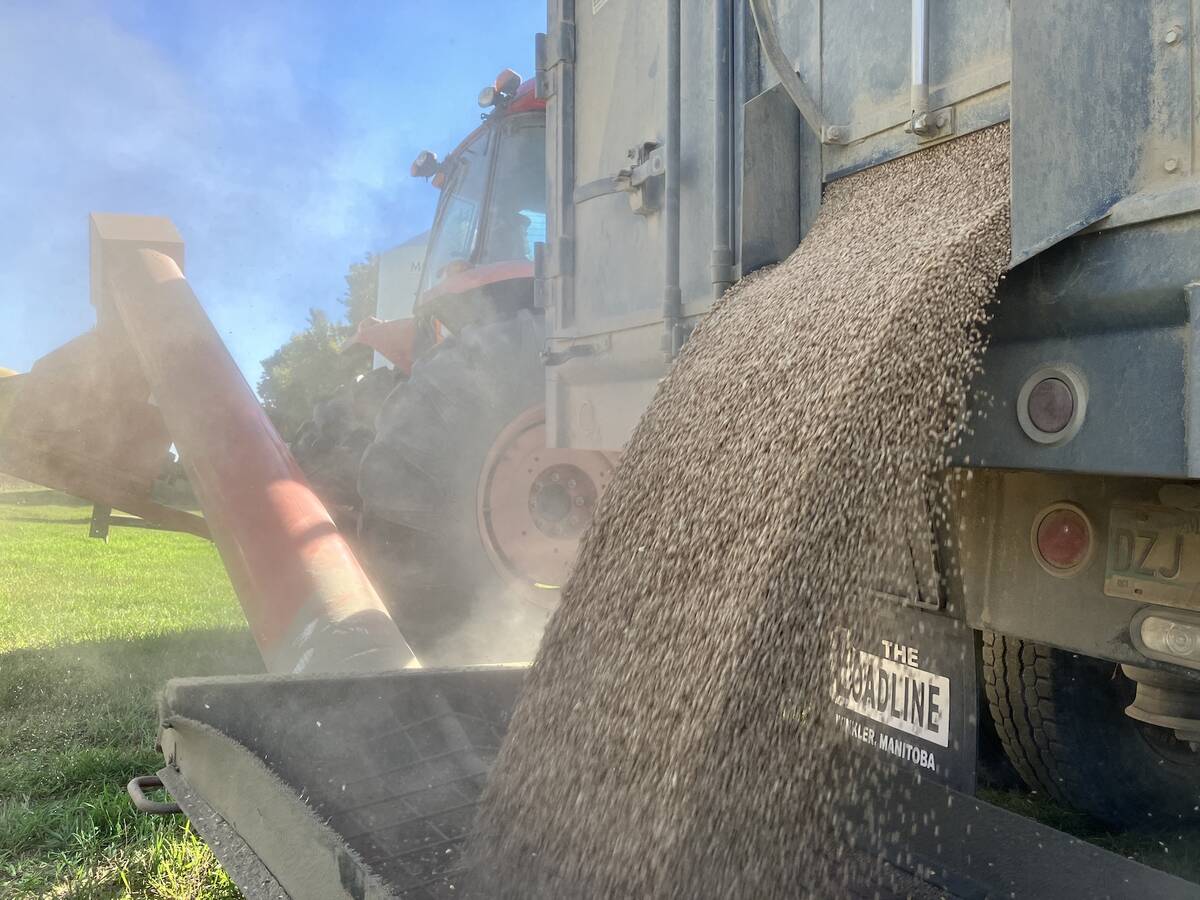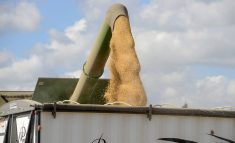China’s grain imports plunged in September.
Wheat imports were down 57 per cent year on year, while corn purchases plunged 81 per cent.
It is the second straight month of poor sales volumes for the world’s largest wheat and corn importer.
Read Also

Riding market swings can add farm profit
Regular price trends in the grain market can help farmers pinpoint how and when to sell their grain with more confidence, analyst says
The U.S. Department of Agriculture has penciled in 12 million tonnes of Chinese wheat imports in 2024-25 and 19 million tonnes of corn.
“Right now, they’re tracking way below those numbers,” said Neil Townsend, chief market analyst with GrainFox.
China was Canada’s largest wheat market in 2023-24, purchasing 3.1 million tonnes of the crop, according to Canadian Grain Commission data.
Sales to the Asian giant are down substantially through the first two months of the 2024-25 crop year with 155,700 tonnes on the books compared to 418,100 tonnes a year ago.
“I don’t think we have any worries right now,” said Townsend.
He is anticipating strong demand for Canadian wheat from other markets due to production issues elsewhere.
“Over the course of the year there could just be more and more demand for Canadian wheat,” he said.
“If we don’t sell to China, there’s going to be markets that will buy (wheat) from us elsewhere.”
Winter wheat crops are also off to a poor start around the world.
“It’s super early, but it’s bone dry in Kansas, it’s bone dry in Ukraine, bone dry in Russia and it’s too wet in France,” said Townsend.
He is not sure why China’s grain imports are down. It could be fiscal reasons due to its struggling economy.
Or it could be political reasons. China might be trying to “gain some leverage” by slowing down imports of important U.S. commodities.
Or it might just be because China harvested big crops of wheat and corn. China’s ministry of agriculture and rural affairs says the country’s grain output is forecast to hit a record 700 million tonnes this year.
China’s winter wheat crop, which accounts for 95 per cent of the country’s production, was harvested in June. The spring wheat and corn harvest was completed in September and October, and record crops have been reported.
“It could be simply that they don’t need to buy right now,” he said.
MarketsFarm analyst Bruce Burnett noted that China had a big push on wheat imports last year.
“It was probably due to quality issues,” he said.
So, it’s not surprising that this year’s early import numbers are much lower than last year’s.
It tells him that China’s crop is closer to normal this year, which is what the government officials are saying.
















